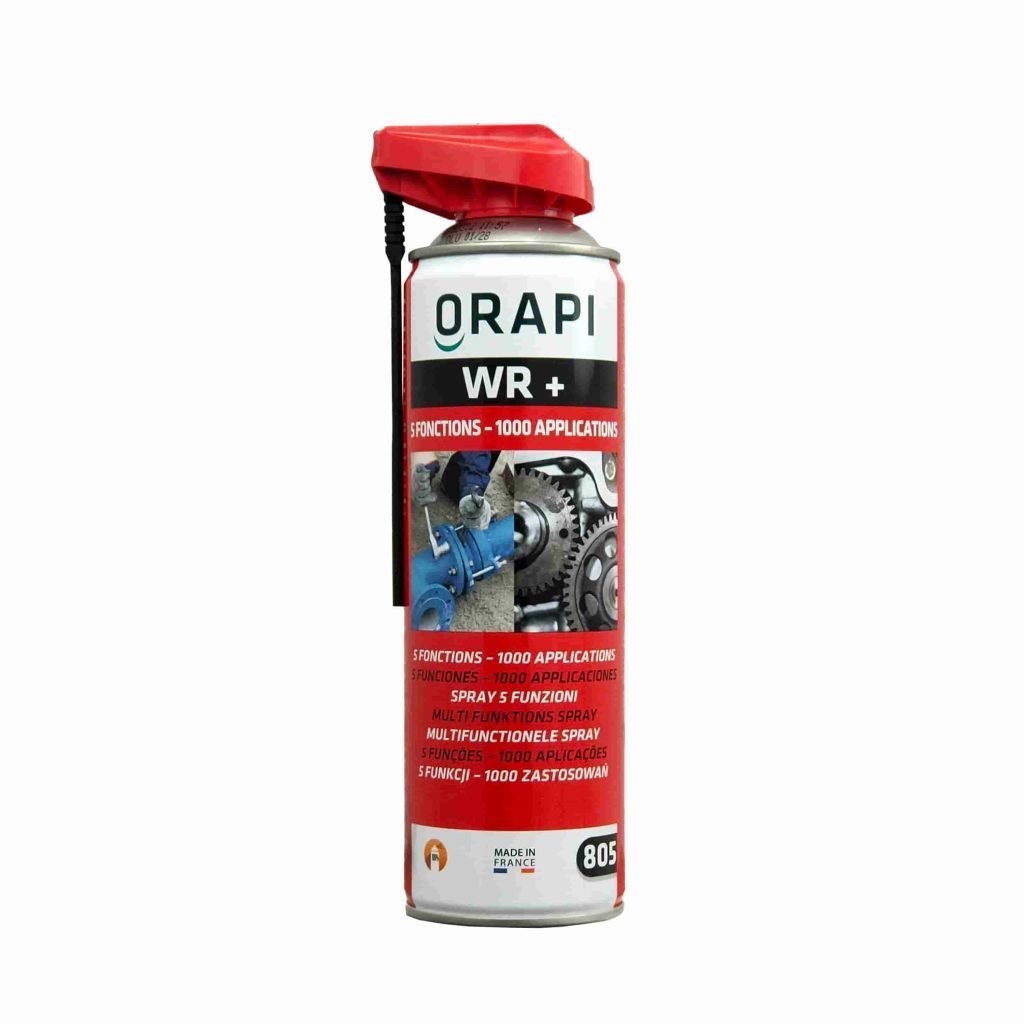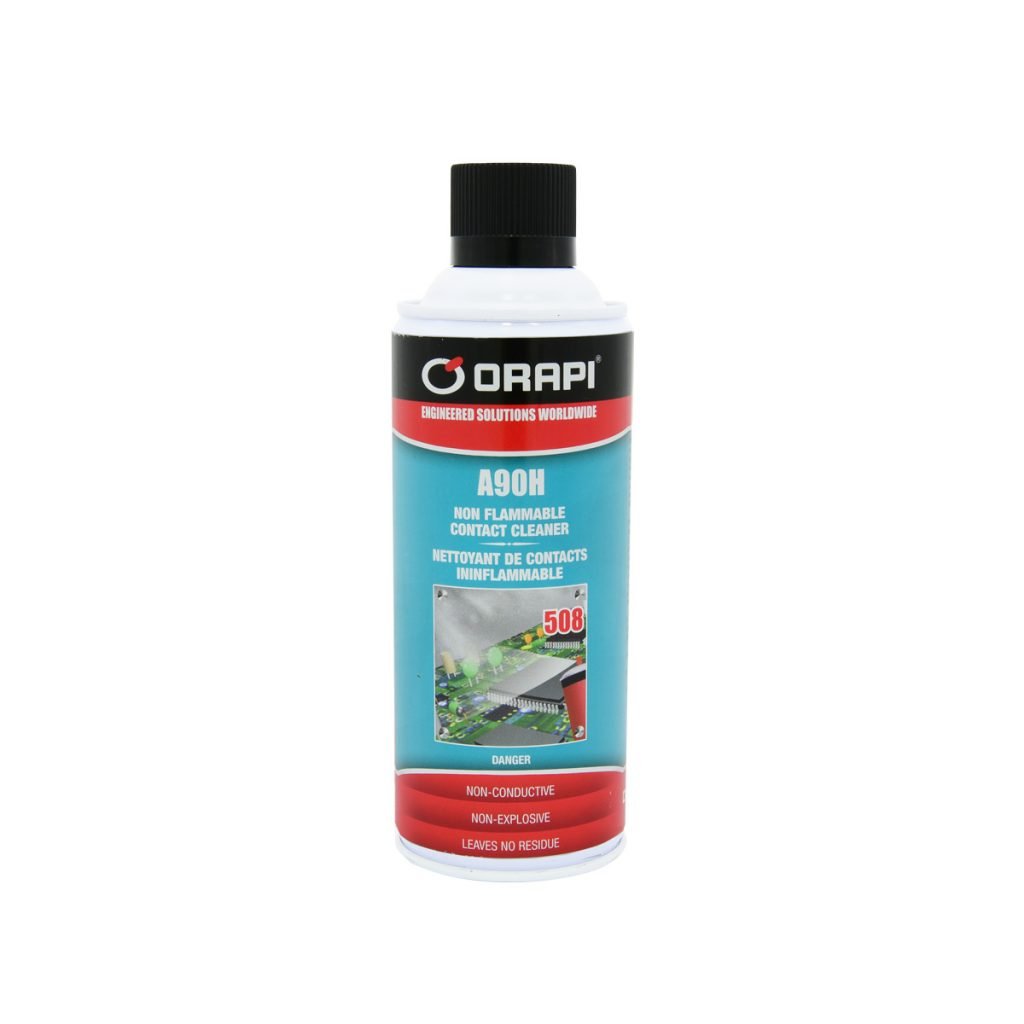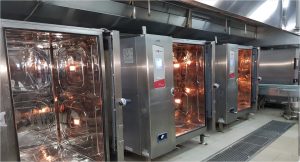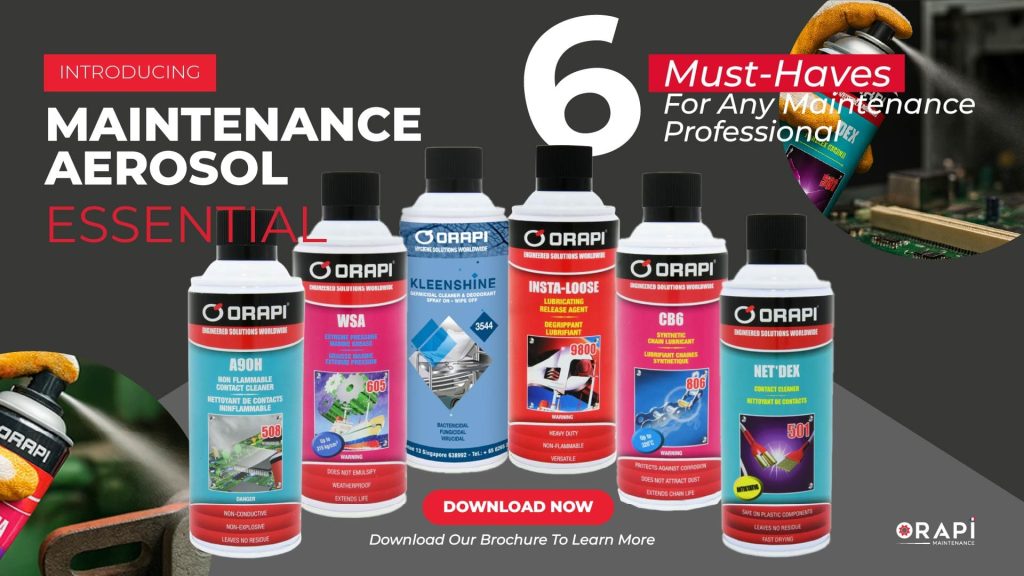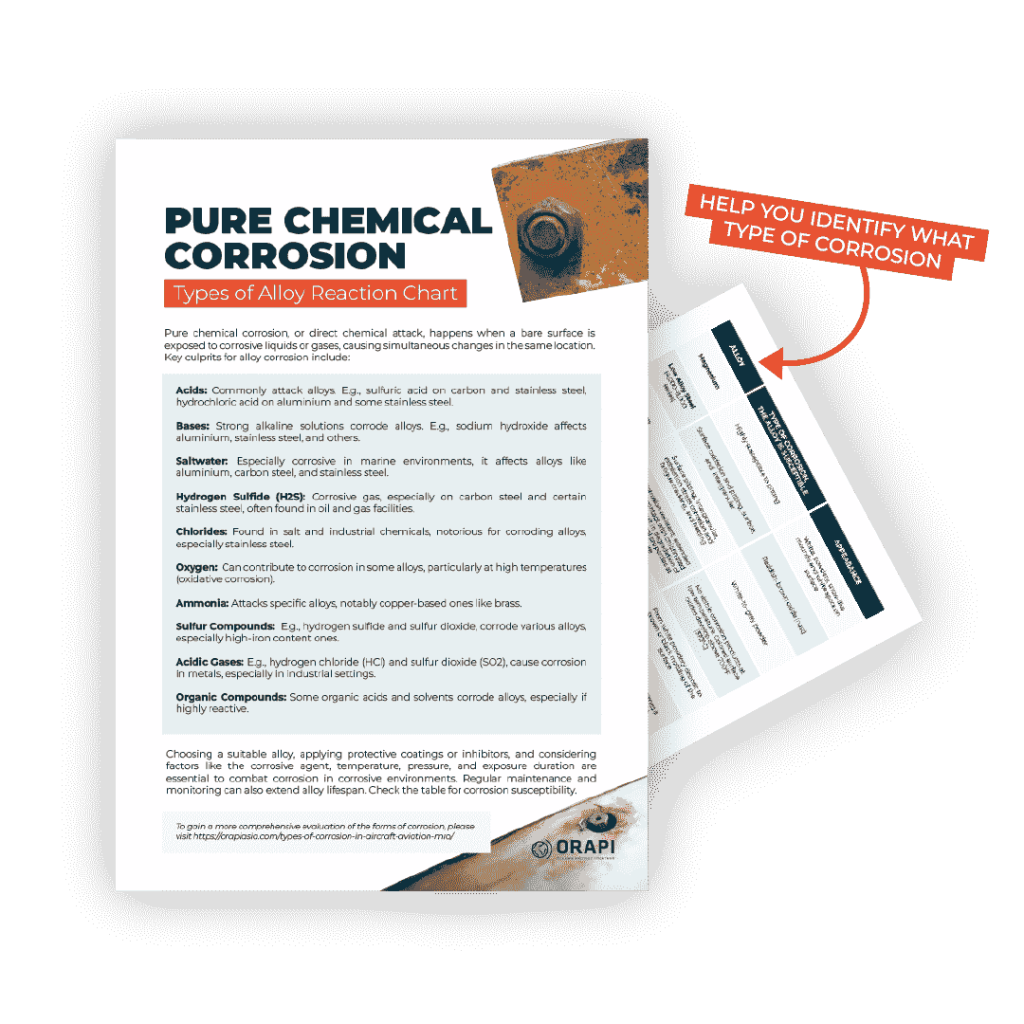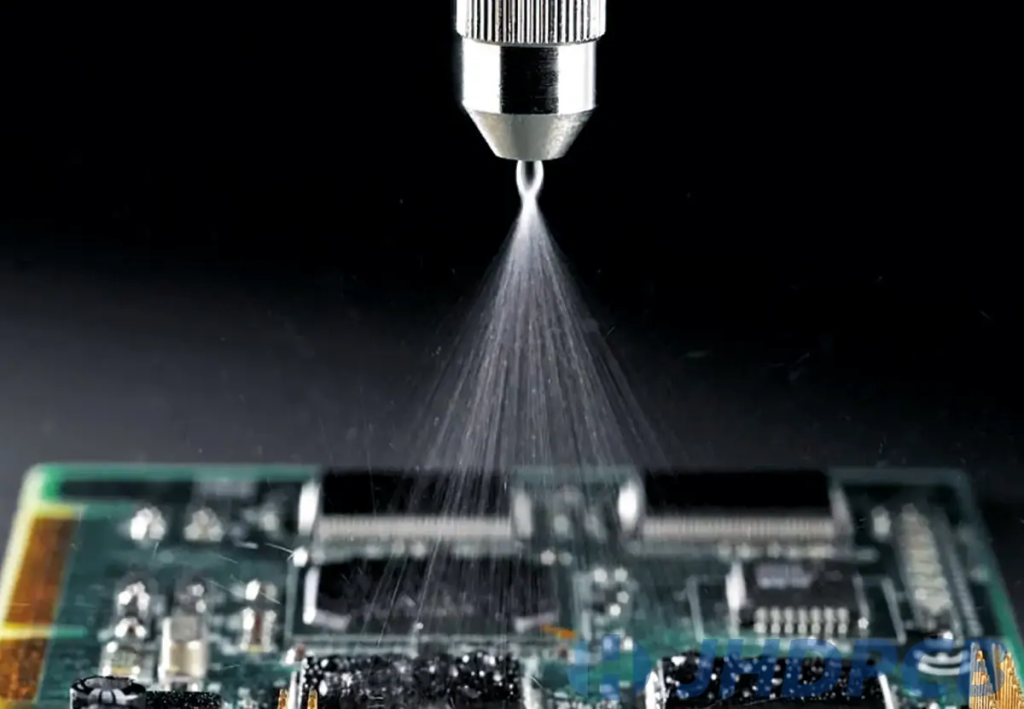
Maintaining and cleaning PCBs and PCBA involves an important step known as flux removal and cleaning. This process is crucial for both the blank circuit board, as well as for the board that holds all the necessary electronic components to ensure the proper functioning of the PCB. Flux cleaning can offer several advantages, including better electrical performance, increased reliability, and corrosion prevention. This article explores the benefits of proper flux cleaning, outlines the various methods to clean flux, and provides recommendations for products that can be used for the same.
What Is Flux
Types of Flux
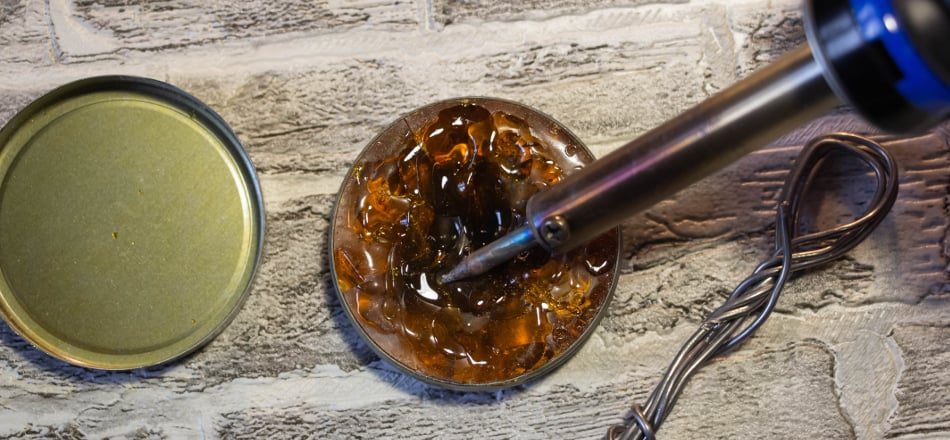
Rosin Flux
Rosin flux is a substance made from natural resin found in pine trees. This resin is processed to create different types of flux used in soldering.
There are three main types:
Rosin (R) flux: This type is used on clean surfaces and doesn’t leave any leftover material after soldering.
Rosin Mildly Activated (RMA) flux: It contains certain ingredients that help clean solder-coated surfaces and allow the melted solder to spread out well.
Rosin Activated (RA) flux: This type is the most powerful among the rosin fluxes, but it leaves some residue after the soldering.
No-clean flux
No-clean fluxes do not require any cleaning after completing the soldering process. Regardless, the remaining no-clean flux residue may affect the bonding of conformal coatings. Thus, it is advisable to clean the flux residue whenever feasible to avoid any potential issues.
Water-soluble Flux
The flux used in soldering, known as organic acid (OA) flux, contains a mixture of resin and other organic substances. Water-soluble flux is highly effective in promoting good flux activity, leading to excellent soldering results. It can remove oxides and impurities from the surface, thereby facilitating wetting and cleaning. Nevertheless, it is important to exercise caution while cleaning as it may lead to contamination on the PCB board.
Why Is Flux Removal Important
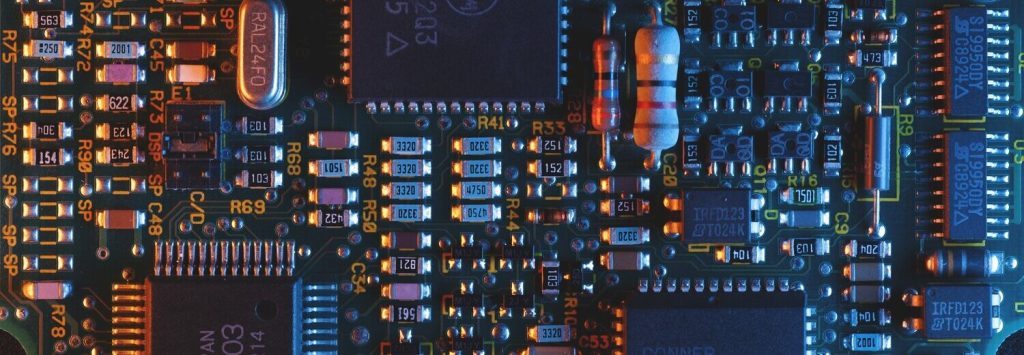
Enhance the Visual Appeal of Printed Circuit Boards
The appearance of the board is an important factor that reflects on the quality of the PCB manufacturer’s work. A visible greasy residue around a solder joint can raise concerns for incoming QC inspectors. Similarly, if the flux residue chars and leaves spots on the solder joints, it may look like an actual defect—a solder joint void or blow hole. If the flux residue is from a rework process, it acts as a fault tag in the rework area, drawing attention to the work even if there is no need for concern.
Enhancing the Reliability of PCB Through Flux Removal
The dependability of an object hinges entirely on the nature of the end product. When considering computer keyboards, their malfunction does not pose a life-threatening risk. Consequently, an EMS supplier has the option to skip the cleaning process and use a no-clean flux. Conversely, a board failure could result in fatality, necessitating stringent standards. Post-component assembly cleaning becomes necessary in this scenario, requiring thorough testing to ensure its effectiveness.
Preventing PCB Corrosion
Flux removal is a key step in corrosion prevention. Residual flux on circuit boards contains acids that, if left unattended, attract moisture from the surrounding air, potentially causing component corrosion on the PCB. To safeguard against environmental pollutants, consider housing the PCB in protective enclosures or applying a conformal coating. This coating acts as a barrier against trapped air while allowing moisture to escape from the underside. However, a drawback is that the coating must be stripped and replaced with a fresh application when reworking the PCB.
ORAPI RECOMMENDS:
Use Conformal Coatings to Prevent Adhesion Problems
Utilising conformal coating as a corrosion prevention measure is effective. However, residual flux on the PCB before the coating process can cause the coating to detach, especially in areas where the pockets are further apart rather than across the entire surface. Though these coatings are semi-permeable, they allow some moisture penetration that can potentially settle on flux residue and cause corrosion.
Inhibit Ion-Induced Dendritic Growth
Flux residue contains ions that form conductive dendrites when exposed to air. These dendrites pose a risk of current leakage. With no-clean flux, minimal ionic materials are present and are consumed during activation, reducing dendrite formation. However, if the flux remains unactivated, PCB cleaning remains necessary.
Ways to Remove Flux from PCB

Overall Spray
ORAPI RECOMMENDS:
A90H is an ultra-high purity, non-flammable, fast-drying electronic grade solvent for electrical and electronic components, especially those contacts and components sensitive to ordinary solvent cleaners.
Extended Tube/Nozzle
Cleaning With a Brush
Conclusion: Flux Removal
Flux removal and cleaning stands as a crucial step in preserving PCBs and PCBA functionality. This article underscores its role in preventing corrosion, enhancing electrical performance, and improving PCB aesthetics. Exploring flux types and residue impacts emphasises the need for suitable cleaning methods. Whether employing sprays, precision tools, or brushes and wipes, the goal remains consistent: effective residue removal without damage. Recommendations for products like moisture displacers and conformal coatings stress preventive measures. By embracing proper cleaning techniques and products, manufacturers ensure the quality, reliability, and longevity of electronic components, securing optimal performance of their circuits and devices.

